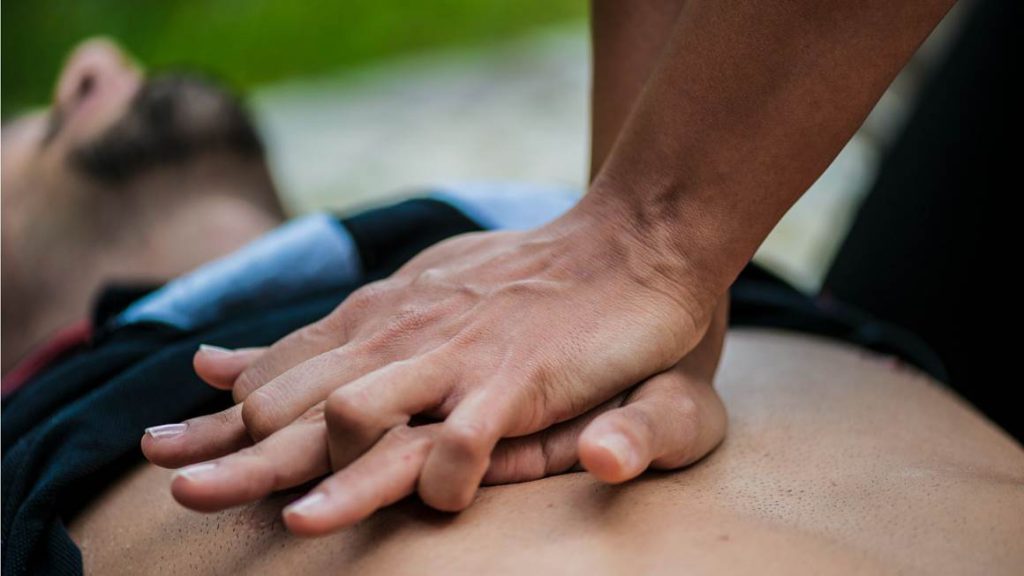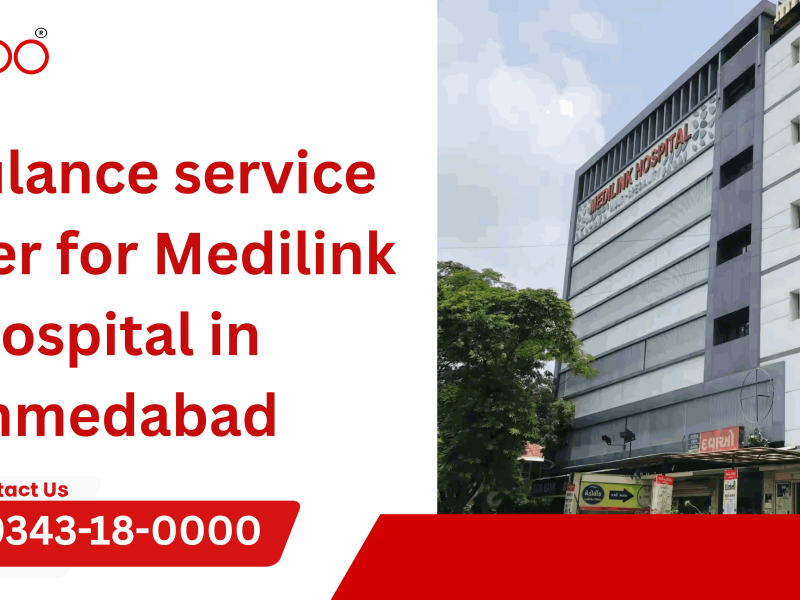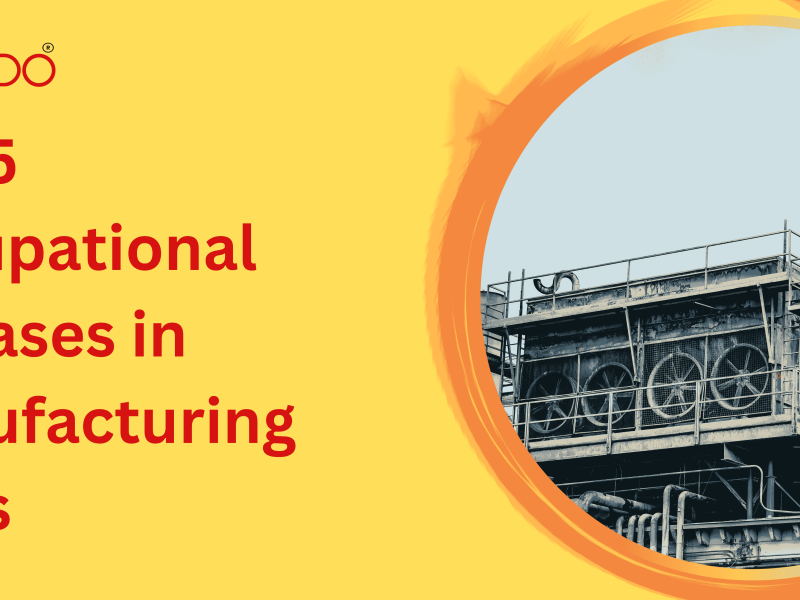Cardiac emergencies are becoming more and more common in our day-to-day lives. A survey by WHO and ILO revealed an increase of 41% in deaths at workplaces due to cardiac emergencies between 2000 and 2016. These numbers ask us a question – are we as an organization ready to handle a cardiac emergency?

Cardiac emergencies can range from chest pain to symptoms of heart attack and more worryingly, sudden cardiac arrest.
A sudden and unexpected cessation of heartbeat, respiration, and awareness is referred to as cardiac arrest. It occurs when the heart’s electrical system malfunctions, causing an irregular heartbeat or arrhythmia, which can lead to the heart stopping completely.
Cardiac arrest is a medical emergency and requires immediate attention. It can occur in people of all ages, but it is more common in older individuals or those with a history of heart disease. Common causes of cardiac arrest include heart attack, drowning, electrocution, trauma, and drug overdose.
The symptoms of cardiac arrest include sudden loss of consciousness, absence of breathing, and absence of a pulse. Without immediate intervention such as CPR (cardiopulmonary resuscitation) or defibrillation, cardiac arrest can lead to brain damage or death within minutes.
Remember, time is critical in a cardiac emergency, so don’t delay in seeking medical help.
6 simple steps to make your Workplace Cardiac Emergency Prepared
- Have a plan: Develop a plan for responding to cardiac emergencies at the workplace. Identify key staff who will be responsible for responding to the emergency and make sure they are trained in CPR and AED use. Ensure that the plan is communicated to all employees and that they are aware of the location of AEDs and emergency equipment.
- Install AEDs: Install Automated External Defibrillators (AEDs) in prominent locations throughout the workplace. Ensure that the AEDs are visible, accessible, and in good working condition. Conduct regular checks to make sure the AEDs are functioning properly and replace the batteries and pads as necessary.
- Train Employees: Train all employees in basic life support skills, including CPR and AED use. Offer regular refresher courses to keep skills up-to-date. Provide additional training to designated staff who will be responsible for responding to cardiac emergencies.
- Develop Emergency Response Teams: Develop emergency response teams consisting of designated staff who will be responsible for responding to cardiac emergencies. These teams should be trained in advanced life support skills and should have access to emergency equipment such as AEDs, oxygen, and other medical supplies.
- Ensure easy access to Emergency services: Ensure that emergency services can easily access the workplace. Provide clear directions to the workplace and ensure that emergency phone numbers are prominently displayed.
- Promote a Healthy Lifestyle: Promote a healthy lifestyle among employees by offering health education programs, encouraging physical activity, and providing healthy food options. This can help reduce the risk of cardiac emergencies in the workplace and promote overall employee health and wellness.
If someone experiences a cardiac arrest at the workplace, it is crucial to act quickly and seek immediate medical attention.
The following steps should be considered:
- Call for emergency medical services: Immediately call for an ambulance or emergency medical services. If someone else is available, ask them to call while you attend to the person experiencing cardiac arrest. (In India, Call National Helpline 112 or VMEDO – 9343180000)
- Begin CPR: Cardiopulmonary resuscitation (CPR) can help maintain blood flow and oxygenation until medical professionals arrive. If you are trained in CPR, begin administering it immediately. If you are not trained, you can still try to perform chest compressions at a rate of 100-120 compressions per minute until help arrives.
- Use an Automated External Defibrillator (AED): Many workplaces have AEDs available for emergency situations. If an AED is available, follow the instructions on the device to administer a shock if necessary.
- Provide support and comfort: If the person regains consciousness, provide support and comfort until medical professionals arrive. If they remain unconscious, continue administering CPR until help arrives.
In a cardiac arrest scenario, it’s critical to keep in mind that time is important. Acting quickly and confidently can save a life. Additionally, workplaces should have protocols in place for responding to medical emergencies and provide regular training for employees on CPR and the use of AEDs.
If you face a cardiac emergency, immediately contact VMEDO on its pan India helpline at 9343180000. VMEDO can assist you with Emergency Medical Services like booking Ambulances, and connecting you to the right doctors and hospitals.


